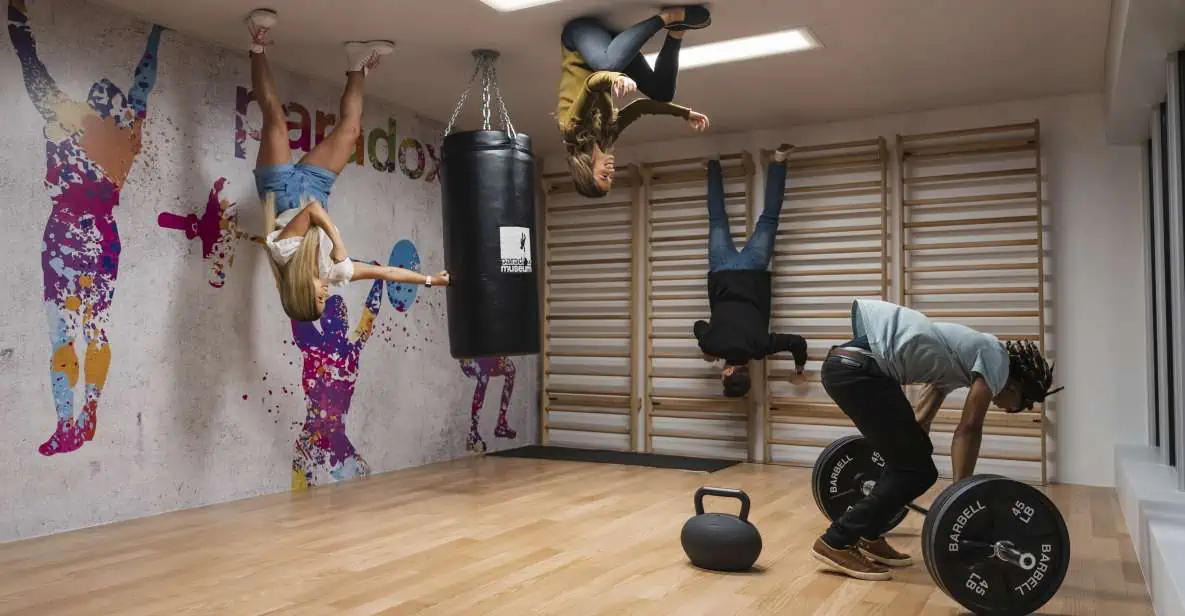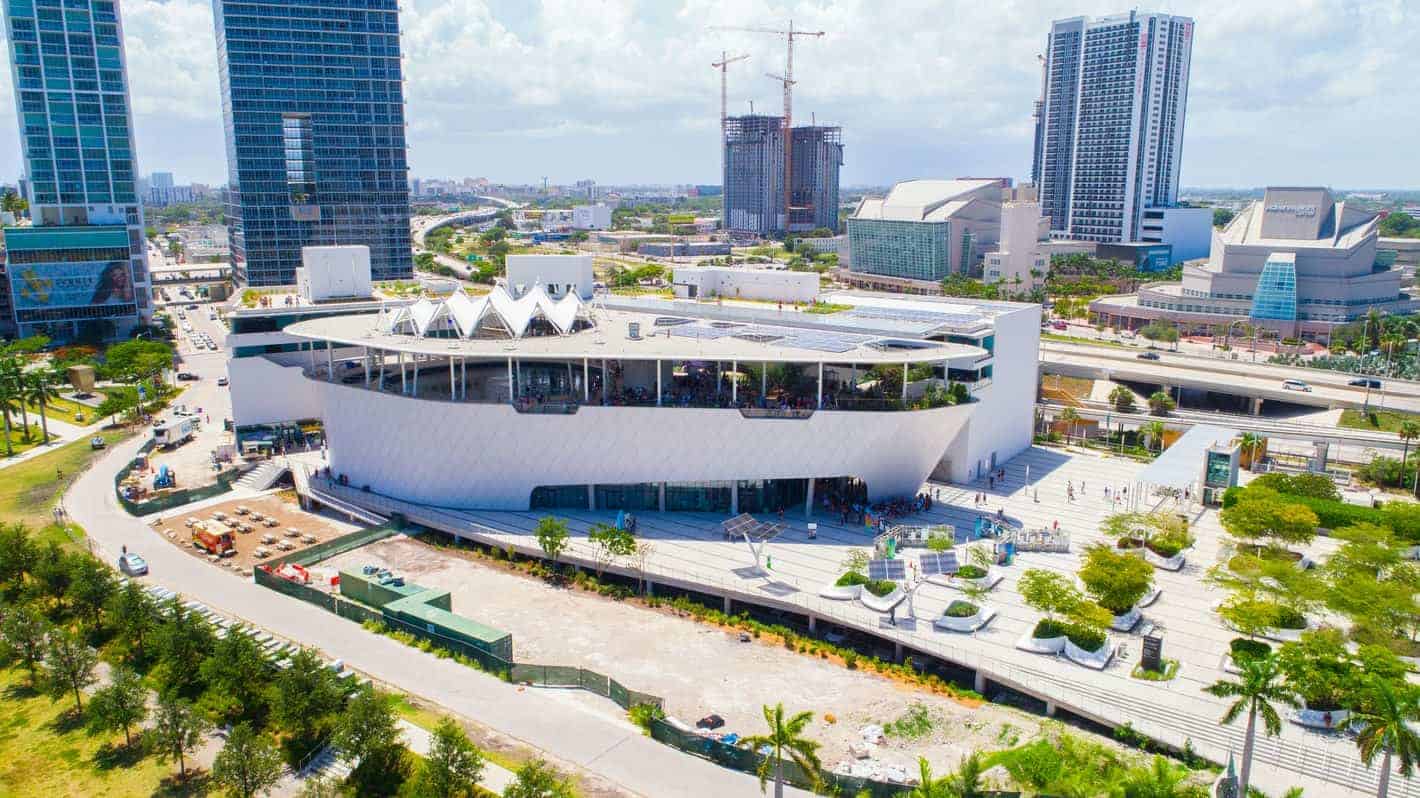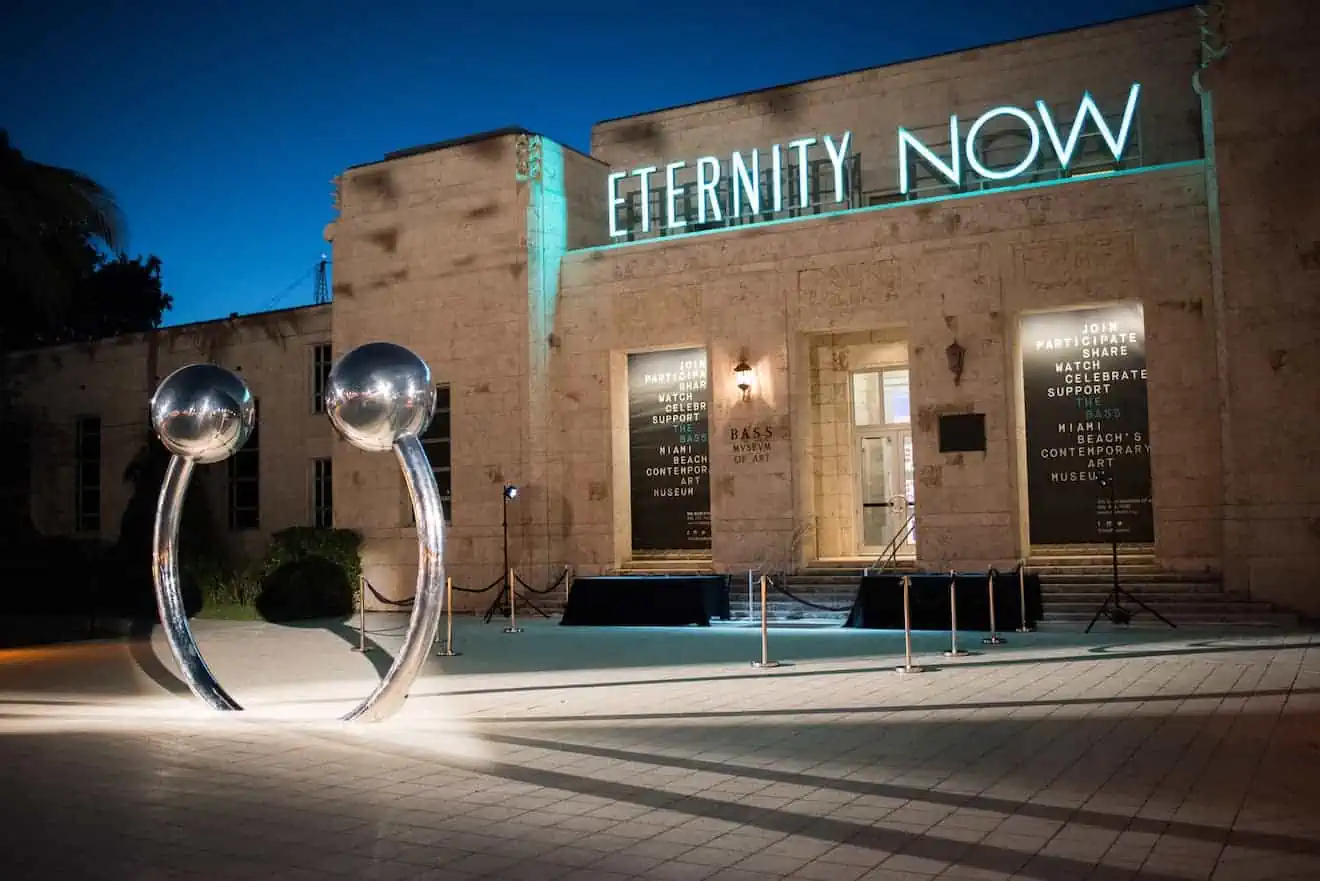The Villa Vizcaya Museum and Gardens is one of the most intriguing and both historically and artistically significant attractions in the city of Miami. It is even regarded by some as the Hearst Castle of Florida.
It is an Italian Renaissance-style villa set amidst rich tropical vegetation, mangrove swamps, marshes, and inextricable hammocks populated by iguanas and alligators.
So let’s find out how to plan a visit to the Villa Vizcaya in Miami.
Contents
Vizcaya Museum & Gardens History
Villa Vizcaya belonged to the eccentric Chicago businessman James Deering, who inherited the management of an important farm equipment factory, the Deering Harvester Company from his father.
Deering, like his brother, was a passionate art collector, and had a dream: he did not want a “simple” luxury residence to spend the winter in Miami like many wealthy people of his rank, but he wanted to create a building that gave the impression of having been inhabited for centuries, but at the same time did not “betray” the specificity of the natural context in which it was located, thanks to the use of building materials native to the place, such as coral stone.
This space-time “short circuit” would have given tropical Miami (which at the time had only a few thousand inhabitants) a Renaissance-style palace, designed by important American architects trained at Harvard and other prestigious European schools.
The creators of Vizcaya were Paul Chalfin (supervisor of the project), F. Burrall Hoffman (Chalfin’s collaborator in the construction of the interiors), and Diego Suarez, (designer of the gardens, famous in Italy for having restored the gardens of Villa La Pietra in Florence). The project was developed according to the criteria of the American Renaissance, a revival style that wanted to emulate the characteristics of the Italian Renaissance style by integrating it with Baroque elements.
The interiors of the villa were completed in 2 years, from 1914 to 1916, while the garden was not ready until 1922. Deering entered his sumptuous residence in 1916 by sea on his personal yacht, the USS Nepenthe. In 1926, a hurricane damaged Villa Vizcaya, which, with funding from Miami-Dade County, was patiently rebuilt in preparation for its transformation into a museum, which finally took place in 1953.
Over the years, the villa has been used for many events, including institutional ones: it was here that President Reagan welcomed Pope John Paul II on a visit to Miami in 1987.
Where it is and how to reach it
The address of Villa Vizcaya is 3251 S Miami Ave, in the Northeast Coconut Grove neighborhood, a short distance from Brickell.
This is the main entrance to the villa for those coming from Brickell or directly from Central Coconut Grove, but if you’re coming from the south along the main US-1 S artery you can make your triumphant entrance to Villa Vizcaya by turning right onto SW 32nd Rd.
You can’t miss it, because the charming tree-lined driveway leading to the villa is marked with brown signs and a large “Vizcaya Museum and Gardens” sign on a wall at the side of the road. The road crosses S Miami Ave, after which you need to go right and immediately turn left. There, between two pillars surmounted by an ornamental vase, is the actual entrance to the villa. Parking is located inside the immediate entrances of the villa and is free.
If you don’t have a car, you can use one of the two Metrorail lines, getting off at the Vizcaya station. The overpass over US-1 S then leads to an elevated walkway and finally to the tree-lined avenue at 32nd Street (see above). There is a little over a mile of walking. An alternative is a free trolley: Villa Vizcaya is served by the green route “Brickell” (S Miami Av & SW 32 Rd stop).
What to see? Guide to visit
The entrance ticket allows you to visit both the interior of the villa/museum as well as the large Italian garden and all outdoor areas open to the public.
The interiors of Villa Vizcaya
After leaving your car, a very short path through the forest will take you to the box office. As soon as you have passed the controls, you will see the front of the villa, at the end of a beautiful downhill pathway enriched by fountains and water features.
From this distance, you can appreciate the resemblance of the façade to that of Villa Rezzonico in Bassano del Grappa in Italy, which has been recognized as the main source of inspiration for Paul Chalfin and Francis Burrall Hoffman, the people responsible for the project.
As soon as you enter, you will be greeted by the staff in the Entrance Loggia, who will hand you a map and quickly explain how the self-guided tour works, and the structure of the building and give you some historical information.
Follow the suggested itinerary, go to the left, starting your visit with the north wing on the second floor, where you will find the neo-Renaissance rooms of the Salone, the Libreria, passageways, and other rooms dedicated to welcoming guests. The south wing contains the Music Room with its Baroque finery and period instruments, the Dining Room with tapestries and fireplace, and the beautiful covered Loggia, as well as the historic kitchen and other service rooms.
At the center of the building’s floor plan, accessible from all sides of the ground floor and embellished with manicured tropical vegetation, you will find a courtyard reminiscent of the Medici villas, with vases, statues, fountains, artwork, and artifacts from Italy. On the eastern side of the courtyard, the large window overlooking the ocean will catch your attention.
After visiting the ground floor, you can go up to the second floor, where the private rooms of the Deering family were located, overlooking the courtyard. In my opinion, it is on this level of the house that you will find the most striking room, the Breakfast Room, with frescoed walls and delicate oriental ornaments.
Also noteworthy are the Galeon and Caravel parlors, and the Venetian-style rooms of Cathay and Espagnolette. From the second floor, finally, there is access to two towers: the North Tower and the South Tower, with other rooms to visit. It should be noted that most of the antiques and rich ornaments that adorn the rooms of the house were purchased in Italy by Chalfin or made especially for Villa Vizcaya.
The garden and exterior
If you looked out the window of the East Loggia, looking at the sea, you may have noticed a large decorative element in the shape of a vessel a few feet from the outdoor terrace.
If you are curious about it, leave the villa and go straight to the side facing the ocean: in front of the rear facade of Villa Vizcaya, among the waves of the sea, you will see The Barge, Alexander Stirling Calder’s masterpiece, a large rock breakwater carved in the shape of a ship and embellished with sculptures of Caribbean mythology. To see it more closely you can reach the two traffic circles at the top of the terrace: Boat Landing and Tea House. The latter stands right next to the mangrove forest that covers the eastern side of the garden.
The Italian-style garden, accessible through the evocative Secret Garden, extends on the south side of the residence and is truly remarkable: wander along its manicured paths admiring the elegant shape of the flowerbeds, the gardens of tropical plants (some of them very rare), the graceful labyrinths, the walkways between the classical statues, the pools of the central pool, the mysterious caves of Renaissance inspiration, the romantic traffic circles invaded by ivy and the semicircular pools surrounded by pillars surmounted by decorative elements.
See the fountain of Filippo Barigioni (1672-1753), originally placed in the square of Sutri (Italy) and then purchased at auction by the emissaries of Deering to be placed on the eastern side of the park.
Leaving Center Island behind, ascend via the stairs on the upper side of the garden (Garden Mound) to rest in the shade of the banyan trees and see the tropical forest that stretches all around from a vantage point. On the north side of the mansion, there is less to see, but it’s worth getting there to check out the Robert Winthrop Chanler-designed swimming pool and the David A. Klein Orchidarium. On this side is also the Café & Shop, for a short break during or after your visit.
Hours and tickets
Villa Vizcaya is open daily (except Tuesdays) from 9:30 am to 4:30 pm. The complex is closed on Christmas Day and Thanksgiving Day. All visitors must reserve online in advance, and the ticket prices (updated August 2022) are as follows:
- Adults (13+): $25
- Children (6-12): $10
- Children (0-5): Free
- Persons with a disability and one accompanying caregiver: Free
- US military veterans and active duty US military (with ID): Free
Guided tours and audio guides
Here are the tours available at the Villa Vizcaya:
- For $5 per person, you can join a 45-minute guided tour of the second floor halls and gardens. Times are 11:30 am, 12:30 pm, 1:30 pm to 2:30 pm. The tour can only be purchased on-site.
- If you’re only interested in the gardens, a dedicated exterior-only tour (45 minutes, $5 per person) is available Saturdays and Sundays at 10:30 am on a seasonal basis.
- Also for the same price ($5) and still on site, you can get an audio guide.
If, on the other hand, you don’t have a car and would like to take advantage of a transportation service from your Miami hotel that also includes entrance to the villa, check out the link below:
Vizcaya tickets with hotel pickup
Places to Stay Near Villa Vizcaya
The closest neighborhoods to Villa Vizcaya are Brickell and Coconut Grove, two areas of Miami that are completely different from each other. If you would like to stay in a quiet and prestigious residential area surrounded by nature, I suggest you choose Coconut Grove.
If, on the other hand, you like the idea of sleeping in the more modern and glitzy area of Downtown Miami, choose Brickell. To learn more about these and other Miami neighborhoods, check out our dedicated article by clicking the button below.


















